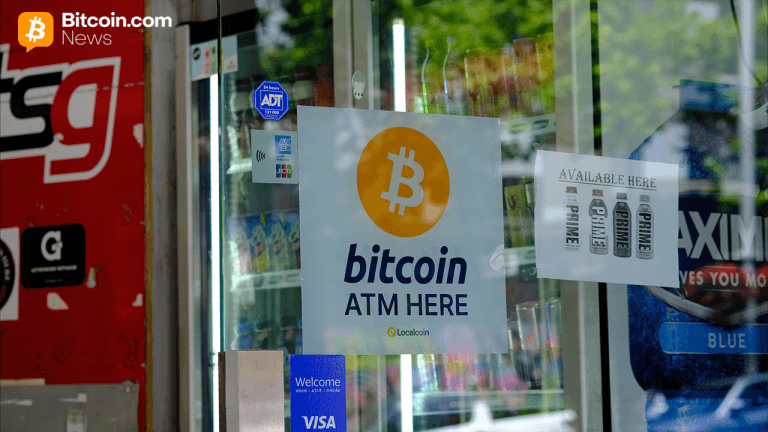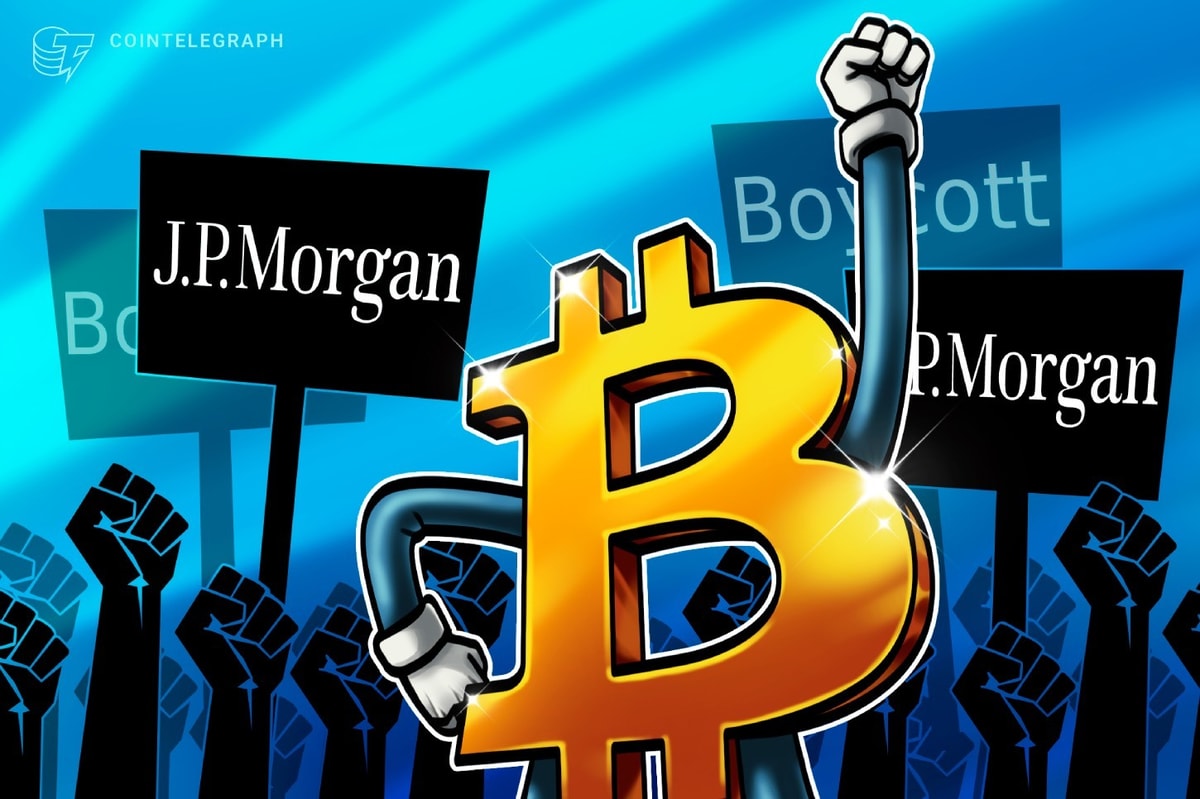Is surge pricing coming to public transit agencies?
3 min read
Bloomberg News
Cities and states struggling to cover the cost of public transit are eying a raft of unorthodox options, including dynamic pricing, tapping unrelated revenue-producing assets, autonomous vehicles and congestion pricing.
“We’re in this era where everything is on the table,” said Kirsten Chalke, senior vice president at Jefferies.
The discussion came Tuesday during a panel on the future of congestion pricing at Brookings annual municipal finance conference. The congestion pricing program, which
An estimated $140.2 billion of total transit assets, or 10%, are not in a state of good repair, said Gabrielle Facquet, executive director at Morgan Stanley. That backlog represents a 38% increase since 2018, Facquet said. About half of that increase since 2018 is due to inflation, she added. Deferred maintenance competes with more politically popular capital projects for scarce dollars at systems already strained by anemic post-pandemic ridership.
To generate fresh revenue, several agencies are eying the option of charging more during times of higher demand, panelists said.
“A lot are looking at simplifying their fare structure [and] some are thinking about dynamic pricing, more expensive fares in rush hour, like managed lanes,” Chalke said. “The core theme is how do you improve the rider experience to get more riders on the system.”
But transit fares don’t always impact behavior, said Ben Zou, associate professor of economics at Purdue University.
“Even in cities that reduce the fare to zero, you don’t see a lot of increase” in ridership, Zou said.
New York’s congestion pricing program directs the toll revenue to the Metropolitan Transportation Authority’s capital plan, the panelists noted. That model, of tapping a revenue-producing asset to support a transit system, has been around for decades, said Chalke, naming the New Jersey and Pennsylvania turnpikes as places that leverage unrelated tolls for transit and other statewide transportation efforts.
Those tolls may be “slightly more palatable than congestion pricing, where it goes from zero to nine dollars overnight,” Chalke said. “So if you’re looking for ways to raise money, do you attempt to leverage a road that already has a toll rather than a brand new toll? I can see more of that.”
Managed lanes are another concept that’s been around for a long time, said Facquet. “There’s been this ongoing trend already to capture congestion pricing on the roads to fund transit, but I think this New York City-based enter-a-zone congestion pricing is very unique to the structure of New York City.”
Now in its sixth month, New York’s program has shown signs of early success, Zou said. Traffic is down 11% in the so-called congestion relief zone, and congestion itself is down 25% in the zone, he said. At the same time, all MTA modes of public transportation have reached post-pandemic record high ridership in the first half of 2025.
“The policy is definitely effective,” Zou said. He acknowledged that the concept of induced demand, in which drivers will return to the roads once traffic subsides, remains a possibility, although the gradual rise in toll rates, from $9 to $12 to $15, may prevent some of that.
The impact on lower-income people who can’t afford the tolls also remains a problem, Zou said.
“The whole role of transportation is to equalize” impact among classes, Zou said. “Down the line, I think the distribution impact will be very important.”
Chalke noted that if congestion prices goes away, fare increases are possible as the MTA will have to cover its funding gap one way or another. “Some have talked about 20,%, 30%, 40% fare hikes,” she said. “You have to balance which one is more harmful.”
Technology will likely also offer some cost savings in the future, panelists said. Some agencies are considering autonomous vehicles to solve the “last mile” for commuters, and Jacksonville, Fla. is replacing its light-rail system with a fleet of autonomous electric vehicles that will run along a 3.5-mile downtown route.








